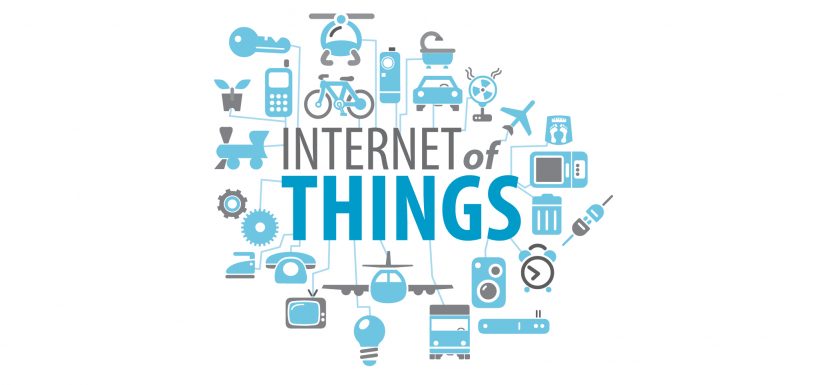IoT (Internet of things) is a new term that has been coined recently to designate a complete new area of the Internet world in which things or tools or devices communicate to each other in order to enable these objects to exchange data.
Each appliance separately is equipped individually with its own system but is able to communicate or operate within the internet infrastructure.
Objects, items or “things” are able to become controlled and monitored remotely across existing infrastructure with the aim of better understanding how they work or perform resulting in improving results, accuracy of information or improved efficiency.
IoT Technology allows features and devices to interact electronically without the human intervention in an attempt to collect useful data that can be read, processed and handled in order to achieve improvements in various areas, such as biomedicine, environmental monitoring, and field operation to assist rescue operations, firefighters, or climate or weather disasters.
More and more it is seen to be a tool for consumer use rather than only a business technology. In this sense, a number of household appliances under the generic of domotics are already inter-connected to it, from a simple thermostat controlling the heating to a device to manage applications that deal with heat, temperature, air conditioning or security features within the home automation.
A complete new intelligent shopping is also emerging with the ability of monitoring the specific users’ habits thanks to a tracking through their mobile phones. Information is power and the mid to long term benefit of having the customers’ preferred lifestyles bring quick demand on IoT functions and apps.
Moreover, software and hardware are evolving to a degree that one can start planning environmental sensing for urban planning, in which efficiency and accuracy of data is crucial. Gardening and build planning is a benefit that any government is seeking to use.
Due to its ease and friendly usage, it is widely used in other key applications, such as to provide assistance for disabled people or to support elderly individuals, in an attempt to bring comfort and aid to those having mobility limitations. It is therefore seen to be one of the most advantageous tool to provide support and control to users that would be disconnected from society otherwise. Furthermore, new features can include medical emergency applications that will provide people a higher quality of life.
Several areas are incorporating the use of IoT technologies such as Agriculture with the increase of innovating farming. Transportation processing data and information for a smart parking, smart traffic and logistics. Medical and Healthcare with the massive usage in health monitoring and data exchange programmes between hospitals. Building and home automation, with efficient houses and smart buildings. Environmental applications for weather forecasting or systems to prevent natural disasters. Energy savings, architectural designs, etc.

